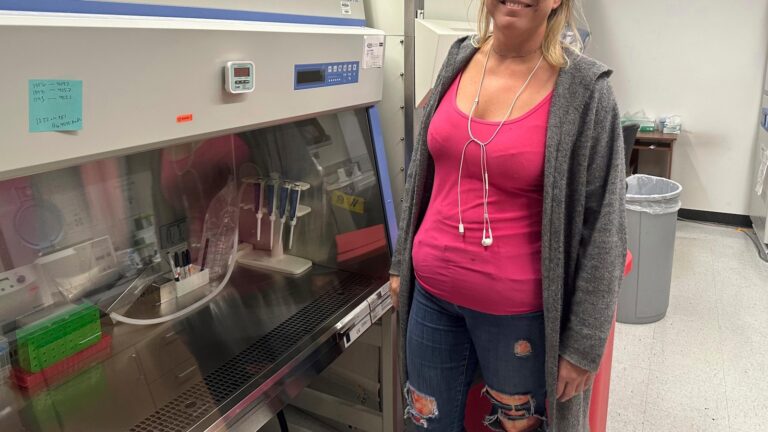Fact-checking economic claims Trump and Harris made at debate
During the recent vice presidential debate between Vice President Mike Pence and Senator Kamala Harris, several economic claims were made by both candidates. As with any political debate, it is important to fact-check these claims in order to separate fact from fiction and provide voters with accurate information.
One claim made by Vice President Pence was that the Trump administration had created 7 million new jobs in the past three and a half years. While it is true that the economy was strong before the COVID-19 pandemic hit, it is important to note that the majority of these job gains were actually made during the Obama administration. According to data from the Bureau of Labor Statistics, the economy added 6.5 million jobs from January 2017 (when Trump took office) to February 2020. This means that the Trump administration can only claim credit for a fraction of the 7 million jobs Pence mentioned.
Senator Harris, on the other hand, claimed that Trump’s tax cuts benefited the top 1% of earners and added $2 trillion to the national debt. While it is true that the Tax Cuts and Jobs Act of 2017 primarily benefited the wealthy, the claim that it added $2 trillion to the national debt is misleading. The Congressional Budget Office estimated that the tax cuts would add $1.9 trillion to the national debt over the next decade, not $2 trillion as Harris stated.
Another claim made by Pence was that Biden’s tax plan would raise taxes on 82% of Americans. While it is true that Biden has proposed raising taxes on individuals making over $400,000 a year, the claim that 82% of Americans would see a tax increase is misleading. According to analysis from the Tax Policy Center, only the top 5% of earners would see a tax increase under Biden’s plan, not 82% as Pence claimed.
In conclusion, it is important for voters to fact-check economic claims made by politicians in order to make informed decisions at the ballot box. While both Pence and Harris made valid points during the debate, it is crucial to look at the data and context behind these claims in order to get a full picture of the economic issues at hand.






